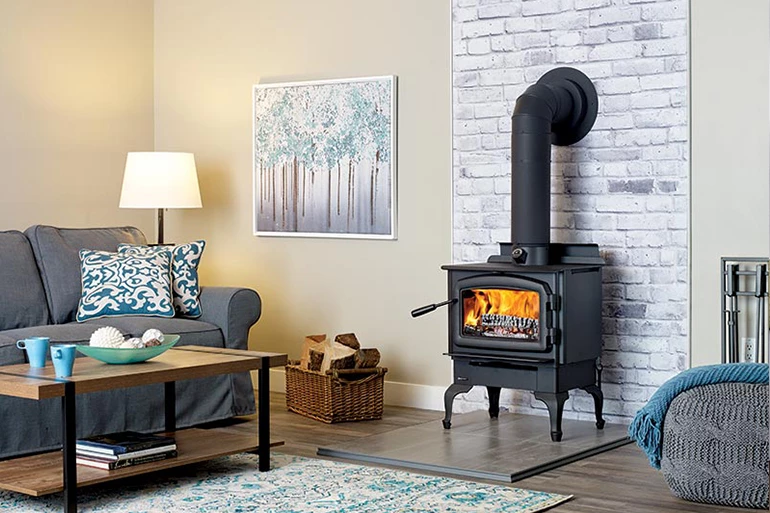Wood Stove Installation: The Ultimate DIY Companion
Anyone who loves rustic decor probably loves wood stoves. Wood stoves bring a classic elegance to every room they occupy. While they are usually simple in design, for the average person, they can appear complicated to install. So, we created this article to guide you in the process of wood stove installation. We will discuss wood stove clearances, stovepipe, heating capacity and more.
It's important to note that wood stoves have a heating efficiency rating between 70% - 80%. What that means is they lose 30% or less of their heat up the stovepipe as they burn. Considering most wood burning fireplaces have an efficiency rating of 15% - 30%, you can get much more bang for your buck when you buy a wood stove.


